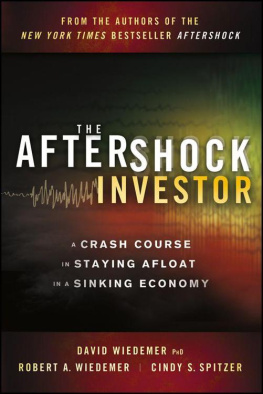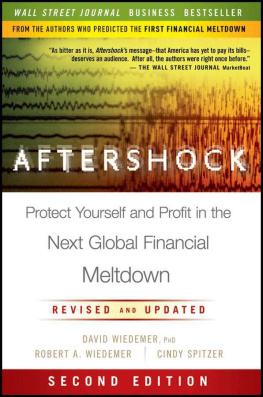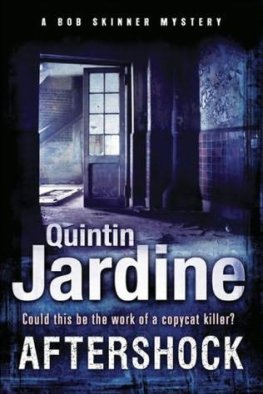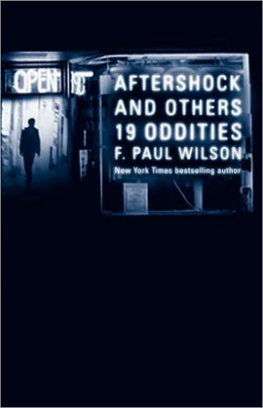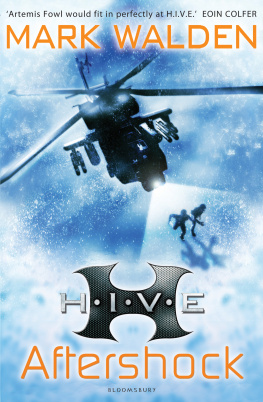Contents

Copyright 2012 by David Wiedemer, Robert A. Wiedemer, and Cindy S. Spitzer. All rights reserved.
Published by John Wiley & Sons, Inc., Hoboken, New Jersey.
Published simultaneously in Canada.
No part of this publication may be reproduced, stored in a retrieval system, or transmitted in any form or by any means, electronic, mechanical, photocopying, recording, scanning, or otherwise, except as permitted under Section 107 or 108 of the 1976 United States Copyright Act, without either the prior written permission of the Publisher, or authorization through payment of the appropriate per-copy fee to the Copyright Clearance Center, Inc., 222 Rosewood Drive, Danvers, MA 01923, (978) 750-8400, fax (978) 646-8600, or on the Web at www.copyright.com . Requests to the Publisher for permission should be addressed to the Permissions Department, John Wiley & Sons, Inc., 111 River Street, Hoboken, NJ 07030, (201) 748-6011, fax (201) 748-6008, or online at www.wiley.com/go/permissions .
Important Disclaimers: This book reflects the personal opinions, viewpoints, and analyses of the authors. Nothing in this book constitutes specific investment advice or any specific recommendation for any specific individual with respect to a particular country, sector, industry, security, or portfolio of securities. All information is impersonal and not tailored to the circumstances or investment needs of any specific person.
Limit of Liability/Disclaimer of Warranty: While the publisher and author have used their best efforts in preparing this book, they make no representations or warranties with respect to the accuracy or completeness of the contents of this book and specifically disclaim any implied warranties of merchantability or fitness for a particular purpose. No warranty may be created or extended by sales representatives or written sales materials. The advice and strategies contained herein may not be suitable for your situation. You should consult with a professional where appropriate. Neither the publisher nor author shall be liable for any loss of profit or any other commercial damages, including but not limited to special, incidental, consequential, or other damages.
Cartoons used with permission of Cartoon Stock, www.CartoonStock.com and Cartoon Bank.
For general information on our other products and services or for technical support, please contact our Customer Care Department within the United States at (800) 762-2974, outside the United States at (317) 572-3993 or fax (317) 572-4002.
Wiley also publishes its books in a variety of electronic formats. Some content that appears in print may not be available in electronic books. For more information about Wiley products, visit our web site at www.wiley.com .
978-1-118-07354-4 (cloth); 978-1-118-22248-5 (ebk); 978-1-118-26109-5 (ebk); 978-1-118-23338-2 (ebk)
Acknowledgments
The authors thank John Silbersack of Trident Media Group and David Pugh, Laura Walsh, and Joan ONeil from John Wiley & Sons for their relentless support of this book. We would also like to thank Stephen Mack and Jeff Garigliano for their help in writing this book. We thank Jim Fazone, Jay Harrison, and Nancy McSally for their work on the graphics, Michael Lebowitz for his help on the data, and Beth Gansner for her help in proofreading. We also want to acknowledge Christine Peglars and Jennifer Schoenefeldts help in keeping us organized.
David Wiedemer
I thank my co-authors, Bob and Cindy, for being indispensable in the writing of this book. Without them this book would not have been published and, even if written, would have been inaccessible for most audiences. I also thank Dr. Rod Stevenson for his long-term support of the foundational work that is the basis for this book. Dr. Jeff Williamson and Dr. Lee Hansen also provided me with important support in my academic career. And I am especially grateful to my wife, Betsy, and son, Benson, for their ongoing support in what has been an often arduous and trying process.
Robert Wiedemer
I, along with my brother, want to dedicate this book to our mother, who died late last year. She inspired us to think creatively and see the joy in learning and teaching. We also dedicate this to our father, the original author in the family. We also want to thank our brother, Jim, for his lifelong support of the ideas behind this book. Chris Ruddy and Aaron De Hoog have been enormous supporters of Aftershock . Its been great to have such support. I also want to thank early supporters Stan Goldstein, Tim Selby, Sam Stovall, and Phil Gross. I also want to thank Dan Cohen and Michael Calkin for their support of this book. I am most grateful to Weldon Rackley, who helped my father to become an author and who did the same for me. A very heartfelt thanks goes to John R. Douglas for his very special role in making our books a reality.
Of course, my gratitude goes to Dave Wiedemer and Cindy Spitzer for being, quite clearly, the best collaborators you could ever have. It was truly a great team effort. Most of all, I thank my wife, Serap, and children, Seline and John, without whose love and support this book, and a really great life, would not be possible.
Cindy Spitzer
Thank you, David and Bob Wiedemer, once again for the honor of collaborating with you on our fourth book. It is always an exciting experience, and I look forward to many more.
For their endless patience and support, my deep appreciation and love go to my husband, Philip Terbush, our children Chelsea, Anya, and Zachary, and my dear friend Cindi Callanan.
I am also filled with a lifetime of gratitude for two wonderful teachers: Christine Gronkowski (SUNY Purchase College) and two-time Pulitzer Prize winner Jon Franklin (UMCP College of Journalism), who each in their own ways moved me along a path exceptional.
My appreciation also goes to Beth Goldstein and Christie Chroniger for their ongoing help with all things great and small.
Introduction
We wrote our first book, Americas Bubble Economy , back in 2004 and finished it in 2005, long before the housing bubble was visible to many people. We asked our publisher, John Wiley & Sons, to hold the book as long as they could because we were concerned that nobody would buy it. Few people believed there was a housing bubble at that time, much less a whole bubble economy. They wouldnt hold it any longer than fall 2006, and so it was published.
With that book and Aftershock , we have built up a good track record of predicting much of what has happened since then, certainly better than most analysts. Almost no economists or analysts wrote an entire book about such issues at the time, although many have written books since. But many of those books are more historical than predictive. Its still scary to predict the future. Its much easier to review the past.
We have been criticized by some as being one-trick poniesthat we made one good prediction and thats it. Certainly, there have been cases of this in the past, such as Elaine Garzarelli, the market analyst who famously predicted the 1987 stock market crash. But were not trying to predict a crash. What we are trying to do is predict a far larger change in the entire economy. Yes, an earlier real estate crash and stock market crash was part of that, but there is much more to whats going on in the U.S. economy and world economy. Anyone who reads our books will see that.
Next page
